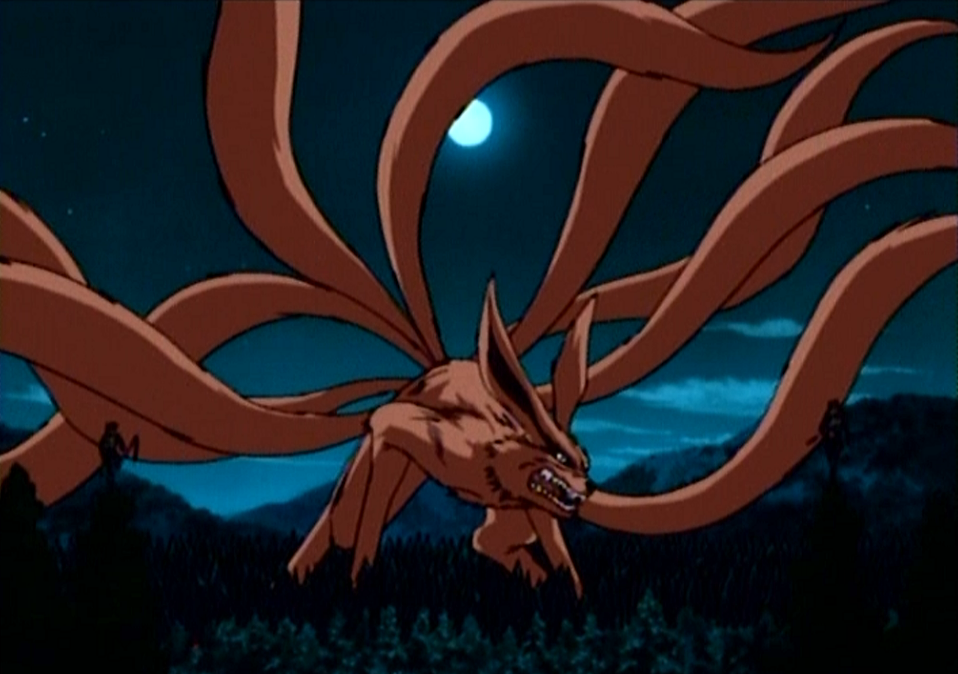


Female flowers appear below the male flowers on the stalk. In North Carolina, flowers are available from May to July. Flowers: Flower Color: Brown/Copper Gold/Yellow Flower Value To Gardener: Good Cut Good Dried Showy Flower Bloom Time: Spring Summer Flower Description: Cylindrical flower in mid to late summer good fresh or dried in arrangements.In North Carolina, fruits are available from June to November. Fruit: Fruit Color: Brown/Copper Fruit Value To Gardener: Showy Display/Harvest Time: Fall Summer Fruit Type: Follicle Fruit Description: Fruits are brown in color.
#9 TAILS FULL#
Cultural Conditions: Light: Full sun (6 or more hours of direct sunlight a day) Partial Shade (Direct sunlight only part of the day, 2-6 hours) Soil Texture: Clay High Organic Matter Loam (Silt) Sand Soil Drainage: Frequent Standing Water Moist Occasionally Wet Available Space To Plant: Less than 12 inches NC Region: Coastal Mountains Piedmont USDA Plant Hardiness Zone: 3a, 3b, 4a, 4b, 5a, 5b, 6a, 6b, 7a, 7b, 8a, 8b, 9a, 9b, 10a, 10b.Whole Plant Traits: Plant Type: Herbaceous Perennial Native Plant Perennial Water Plant Habit/Form: Erect Spreading Growth Rate: Rapid Maintenance: Medium Texture: Coarse.The rhizomes can be eaten raw, baked, roasted, or broiled. Young shoots are picked at 4 to 16 inches long and can be eaten raw, cooked or pickled. Edibility: Parts of the plant are edible if picked at the appropriate time. Play Value: Textural Wildlife Cover/Habitat Wildlife Food Source Wildlife Nesting Particularly Resistant To (Insects/Diseases/Other Problems): Heat tolerant. Rhizomes are a food source for small mammals. America, Europe, Eurasia and Africa Distribution: Marshes and wetlands Fire Risk Rating: low flammability Wildlife Value: Birds use the cattail as nesting material. Life Cycle: Perennial Recommended Propagation Strategy: Root Cutting Seed Stem Cutting Country Or Region Of Origin: N. Attributes: Genus: Typha Species: latifolia Family: Typhaceae Uses (Ethnobotany): Many uses including food, medicine, thatching, and glue/cement.Tags: #showy flowers #full sun tolerant #water garden #rain garden #heat tolerant #drought tolerant #edible plant #yellow-green #yellow flowers #piedmont #medicinal #yellow leaves #spring flowers #fall interest #wetlands #flower arrangements #standing water tolerant #showy fruits #pond margins #moist soil #fast growing #highly beneficial coastal plants #aggressive #herbaceous #NC native #spreading #rich soils #summer flowers #small and large mammals #herbaceous perennials #pond garden #native garden #ditches #mountains #fruits fall #lakes #summer interest #spring interest #marshes #naturalized area #native water plant #flowers late spring #flowers midsummer #fruits summer #food source summer #gray-green leaves #forb #flowers early summer #Coastal OBL #food source herbage #Piedmont Mountains OBL #fall color yellow #small group plantings #sandy soils tolerant #wet soils tolerant #loamy soils tolerant #bird friendly #food source hard mast fruit #waterfowl #wetland margins #fall color bronze #fruits early fall #partial shade tolerant #food source roots #Audubon #colonizing #container plant #coastal plant #perennial #wildlife friendly See this plant in the following landscape: Juniper Level Botanic Gardens: Part Sun-Part Shade Gardens Cultivars / Varieties: Insects, Diseases and Other Plant Problems: Can become invasive. After pollination, the male portion of the stalk disintegrates and you are left with the cattail portion. The female has long hairs that catch pollen. Male flowers appear above the female flowers on each stalk. It does have some drought tolerance as long as the soil doesn't dry out. Grow in containers to control the spread in smaller ponds or water gardens and cover with up to 30 inches of water. With influxes of nutrients or freshwater, cattails are aggressive invaders in both brackish salt marshes and freshwater wetlands. Cattails tolerate perennial flooding, reduced soil conditions and moderate salinity. In nature, it can be found in the fresh waters of ponds, lakes, and marshes, including tidal freshwater marshes and slightly brackish marshes. The Common Cattail is a grass-like native plant to North Carolina. Phonetic Spelling TY-fuh lat-ih-FOH-lee-ah Description


 0 kommentar(er)
0 kommentar(er)
